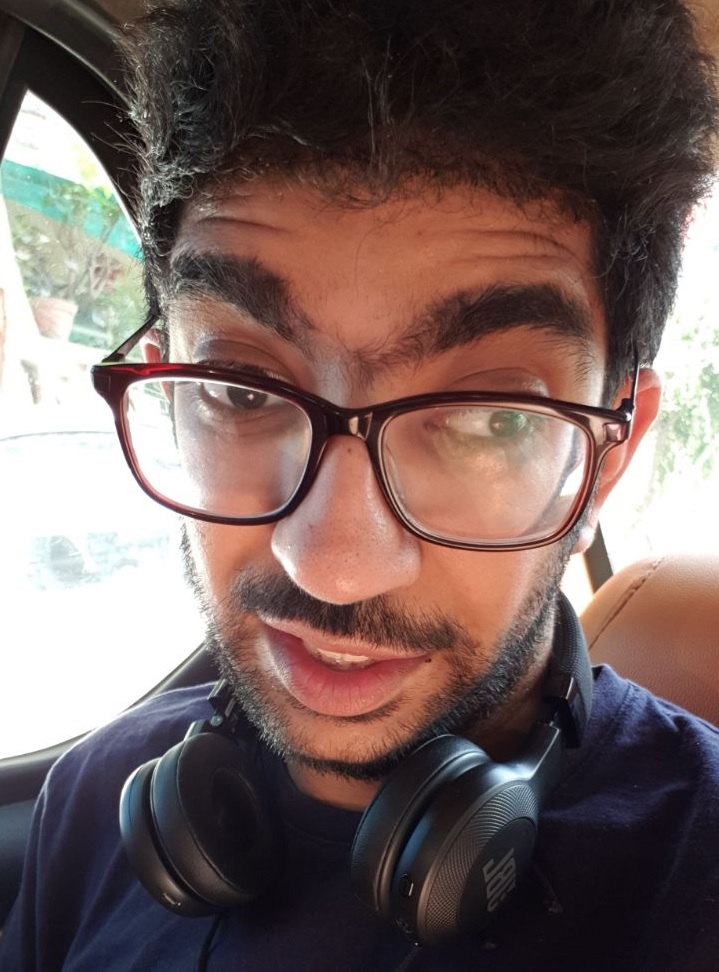Mobile World Congress roundup: LG G6, Nokia and Blackberry make strong return

The tech industry has descended upon Barcelona for the 2017 edition of the Mobile World Congress (MWC). While most of the giants of the smartphone industry are present, the most notable of absentees is Apple, but then again, they never come to MWC, preferring instead, to have their own event.
The show opened to the public on 27 February, while a number of announcements happened on press day which was on 26 February.
Here's a roundup of all the latest news from MWC:
Nokia has partnered with HMD Global – a Finnish company made up of ex-Nokia employees – and announced four new phones. The most notable of them is the revival of the iconic 3310. The revamped version of Nokia's classic 3310 feature phone, boasts an old-school unibody design with a colour screen, a very basic camera and a seemingly immortal battery. The phone has been launched 17 years after its original debut.
The phone, most notably, is a feature phone relying on 2.5G connectivity and powered by the S30+ operating system. Its only camera, on the rear, is restricted to just 2MP. The phone has more than 22 hours of talk time with a month's standby time. For those of us feeling nostalgic, there is a modern version of the classic game Snake pre-installed on the phone. Its launch price is €49 (about Rs 3,500). Lastly, the phone comes with a microSD slot.
Then there was the Nokia 6, which was already launched in China a couple of months back. Nokia 6 is the flagship phone from Nokia featuring a 5.5-inch screen with 1,920x1,080-pixel resolution and Gorilla Glass, along with a 16MP rear camera and a Snapdragon 430 processor.
The Nokia 3 and Nokia 5, however, are newly unveiled. They both run stock Android and have mid-range specs. The Nokia 5 has a 5.2-inch screen while the Nokia 3 comes with a 5-inch screen. Both phones come in four colours - black, silver, copper and white. The phones should be available in Q2 of 2017 in Europe first, and then the rest of the world.
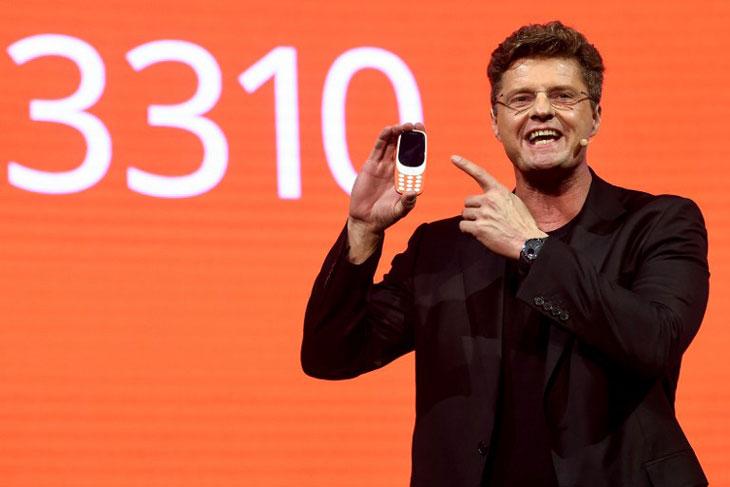
LG decided to ditch its modular setup seen with the G5 last year. Instead, it is a straight up metal and glass phone with a 5.7-inch 2,880x1,440 resolution display with an 18:9 screen aspect ration - the first time its ever been seen in a smartphone. It runs Android Nougat with Google Assistant built in. Unfortunately, it comes with Snapdragon's older 821 processor.
Other specifications include a 3300 mAh battery, a 13MP rear-facing camera and 5MP front shooter. It's available in three colours - Astro Black, Ice Platinum and Mystic White.
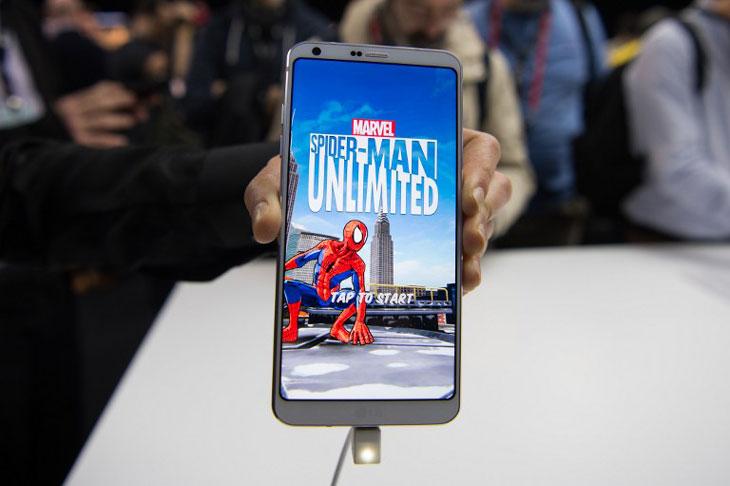
Samsung decided not to bring its Galaxy S8 smartphone to MWC. Instead, they posted the first teaser and confirmed a launch date of 29 March. What they did bring to MWC was tablets, a new and improved Gear VR headset, and a pencil.
Samsung unveiled the Galaxy Tab S3, its Android take on the iPad Pro. It's got a quad-speaker set tuned by AKG audio and accessories can be attached to the back via pins. It's rocking a 9.7-inch SuperAMOLED display at a resolution of 2048×1536.
Inside it's got a Qualcomm Snapdragon 820, 4GB of RAM and 32GB of storage. All of this is powered by Android Nougat. It also got with it the Samsung Galaxy Book that is competing with the Microsoft Surface. The Galaxy Book comes in two sizes - 10.6 and 12-inches - and both run Windows 10 and have that optional S Pen.
Samsung's Staedtler, meant to rival the Apple Pen is part of the Korean company's deal with German pencil-maker Staedtler. A revamped S Pen, it looks exactly like a real pencil and outperforms the Apple Pen.

Is Blackberry back? Well, it would seem so after their press conference at MWC. It's got a new device, made by new parent company TCL. It's got a 4.5-inch display that rocks a 1620 x 1080 resolution as well as a physical keyboard that traditional Blackberry users love so much.
Boasting a fingerprint sensor built into the space bar, the device comes with Android 7.1 loaded with Blackberry Hub - which consolidates all messages in one place. Will this phone mark the revival of a company that has fallen to close to 0% market share? We'll have to wait and watch.
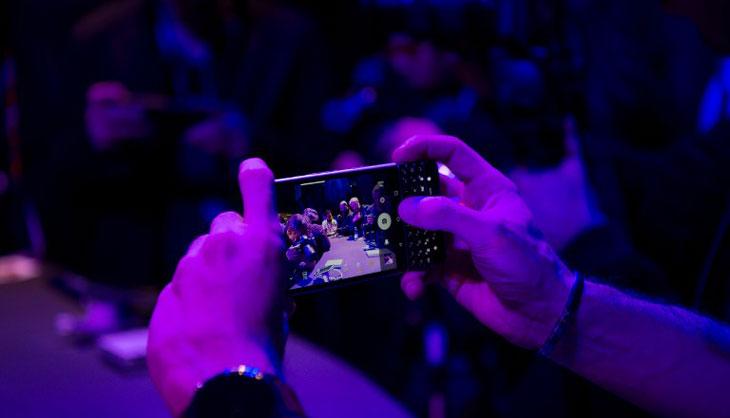
Lenovo-owned Motorola used the MWC platform to showcase its latest budget phones - Moto G5 and G5 Plus. They've got stock Android and a polished finish. It's a premium offering at a budget pricing. Doing away with the plastic feel, the phones now have a metal finish.
Both the phones run Android 7.0 with Google Assistant. The G5 comes with a 5-inch, full HD display and a Snapdragon 430 processor, 2GB of RAM and 16GB of storage. It's got a 13MP rear-facing camera and a 2,800 mAh battery.
The G5 Plus – the more desirable of the two options – has a 5.2-inch screen, a Snapdragon 625 processor, 2GB or 4GB of RAM, 32GB or 64GB of storage, a 12MP rear-facing camera and a 3,000 mAh battery. Both phones will be launching in March, while India's launch date is set for 15 March.
The Lenovo Tab 4 is coming this May. In fact, Lenovo isn't bringing us one tablet, but four! All four tablets come under the Tab 4 series and don't differ much in terms of design.
Two tablets, the Tab 4 8 and the Tab 4 8 Plus come with 8-inch displays. The Tab 4 10 and Tab 4 10 Plus come with 10-inch displays. Each packs mediocre specs and should only excite the tablet buyer in the sense that it's something new for 2017.
Huawei showed off its new flagship P10 device and has teamed up with GoPro, Leica, and Pantone. Again, the USP of the P10 is its camera. The oblong fingerprint sensor has moved to the front and both phones have a 1080p 5.1-inch WQHD display and are powered by a Kirin 960 processor with Android 7.0.
Sony debuted the Xperia XZ Premium and XZS. Both phones are updated versions of the Xperia XZ, which was barely launched about six months ago. The camera resolution has dropped from 23MP to 19MP, they have larger pixels than the original, allowing for better low-light performance. One added feature is that they can shoot super slow-motion video.
The XZS comes with a 5.2-inch full HD display and the XZ Premium rocks a 5.5-inch screen with a 3,840x2,160-pixel resolution.
Sony also unveiled some budget-friendly offerings - Xperia XA1 and XA1 Ultra, They are mid-range but have a nearly edge-to-edge display.
The surprise of the day was the Xperia Touch, an Android-powered projector that transforms any surface into a 23-inch interactive screen.
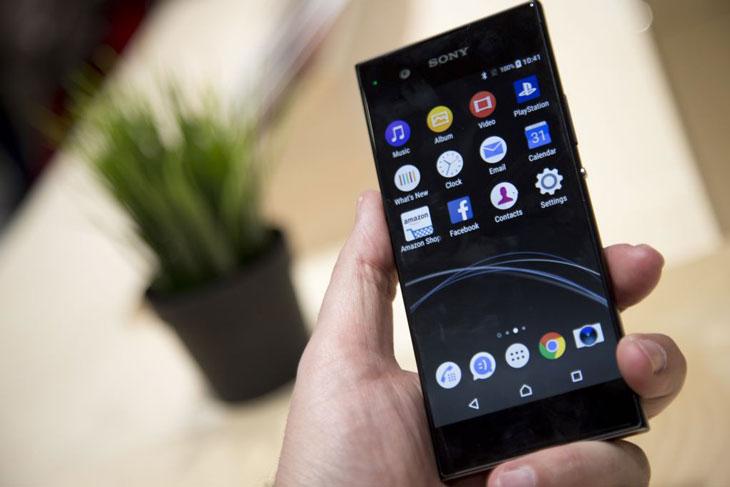
Alcatel has shown off a mid-range phone, the A5, that comes with a removable back. They aren't directly saying that they are making a modular device, but the phone is being marketed as the “world’s first interactive LED-covered smartphone”. It has a 5.2-inch display with an unspecified octa-core processor.
Meizu has thrown its hat into the ever-more-crowded ring. It says it can get your phone from zero to fully charged in just 20 minutes, which would make it more impressive than OnePlus' Dash Charger.
Meizu's Super mCharge, on paper at least, seems faster than Qualcomm's Quick Charge 3.0 technology. Qualcomm's Quick Charge 3.0 technology can charge a phone from zero to 80 percent in about 35-40 minutes. No word on when this tech will hit phones, though.

